My Top 3 Perfect Iris Perfumes
The first time I smelled iris absolute, I stood for a few minutes with a paper blotter under my nose before I regained my senses. In one instant, I saw frozen petals and snow covered trees, and while the image of a winter garden that the essence conjured was vivid, I couldn’t easily describe the fragrance of the material in front of me. It smelled like nothing I had encountered before, and pinning down its radiant but surprisingly potent scent proved difficult.
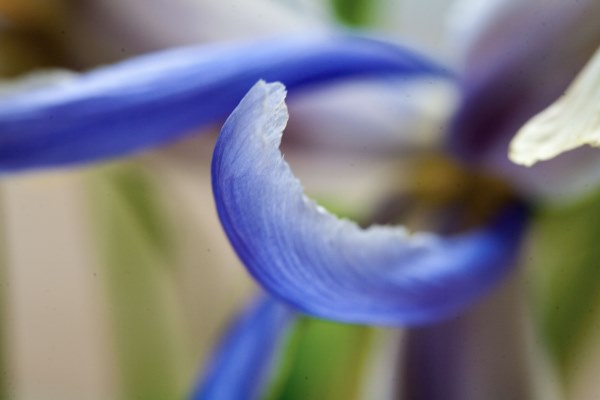
When perfumers talk about the materials in their palettes, they distinguish between those that provide character and those that give effects. Vanilla, for instance, bestows a touch of sweetness onto anything that brushes past it, be it fruit or leather, while patchouli has so many facets that it will change the whole impression of a composition, to the point of drowning out other more subtle notes. In the same vein, even a small dose of iris can change a perfume and lend it polish and elegance.
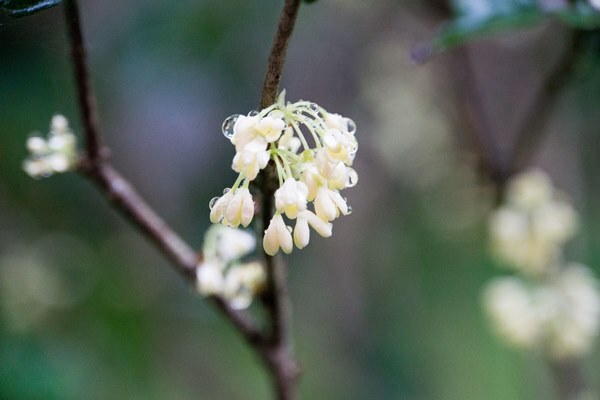
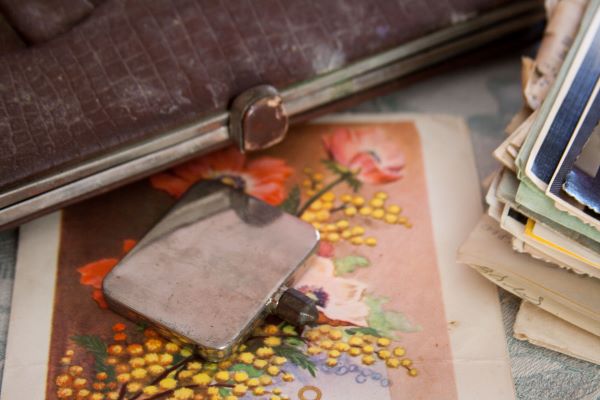
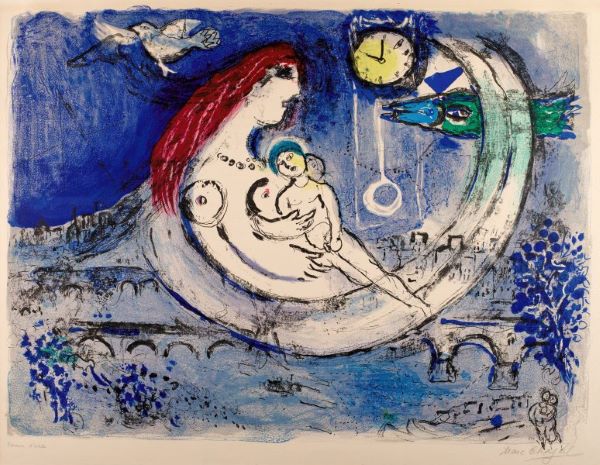
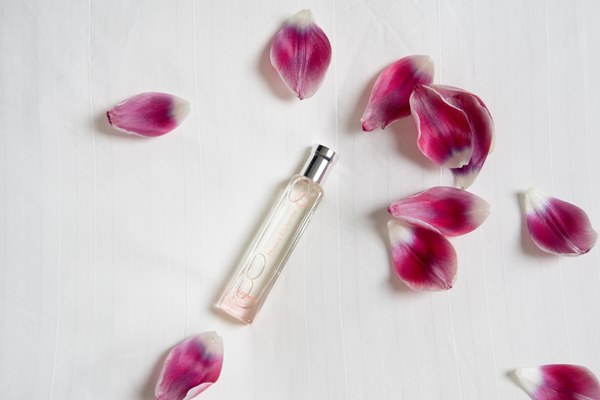

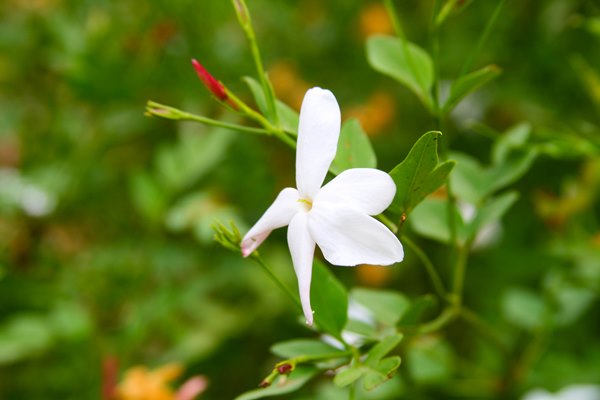
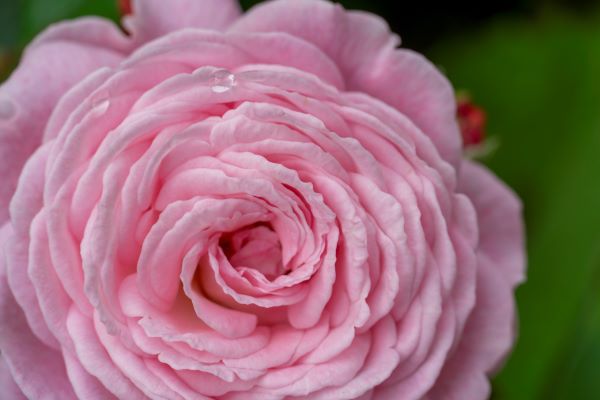
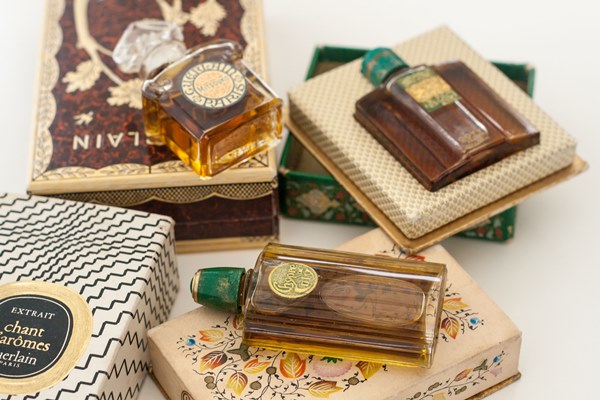








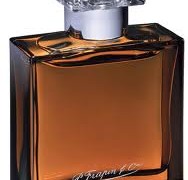


Judith R in From Gingerbread to Kue Lapis: Spicy Gourmand Perfumes for Holidays: Not exactly gingerbread, but Safran Troublant by L’Artisan Parfumeur is a favorite warm and festive fragrance of mine. December 27, 2024 at 6:13pm